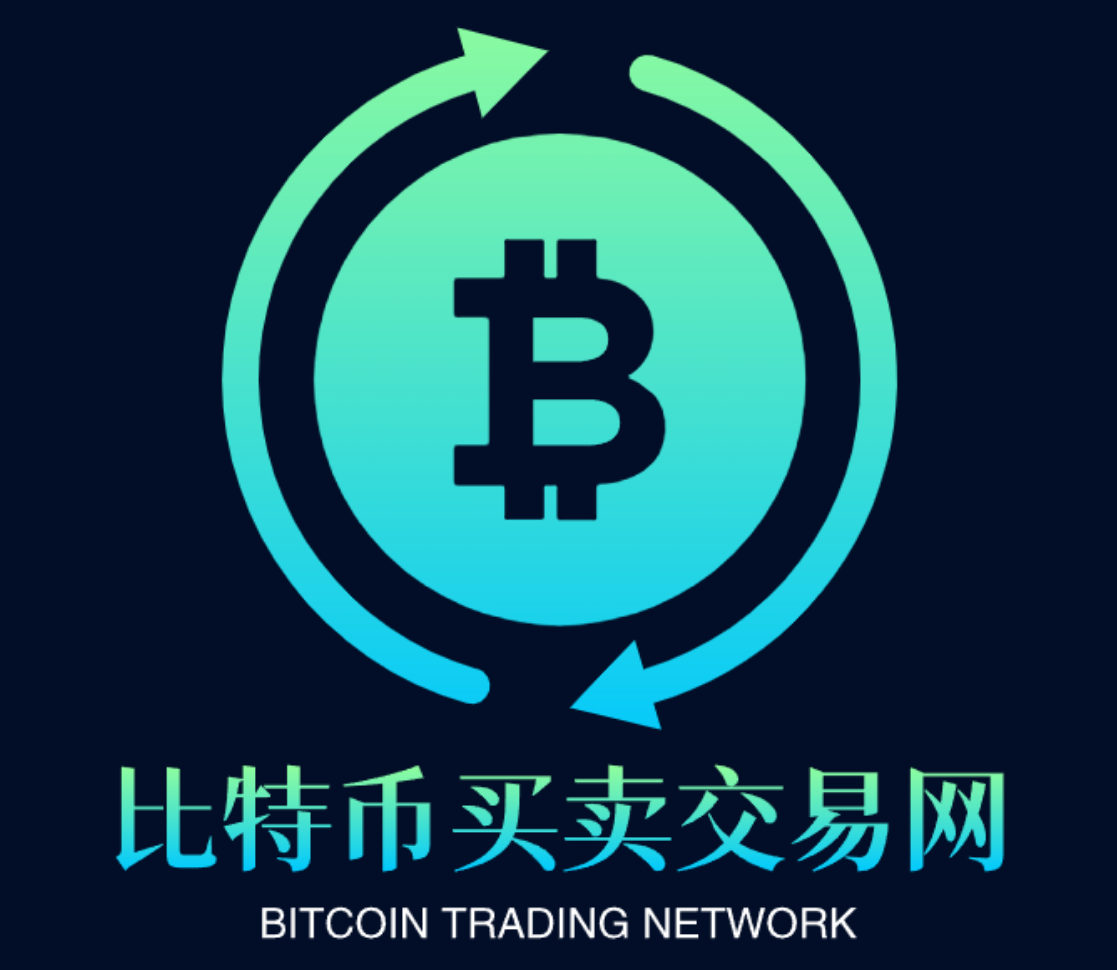机构数字资产:金融的未来就在这里
作者:Annelise Osborne,著有《从连帽衫到西装:传统金融的数字资产创新》,该书于 2024 年 6 月出版。来源:CoinDesk;编译:五铢,虚拟币交易所平台,数字货币,NFT
The author is the author of the innovation of digital assets from hoodies to suits and traditional finance. The book was published in June and compiled by digital currency, a five-baht virtual currency exchange platform. 比特币今日价格行情网_okx交易所app_永续合约_比特币怎么买卖交易_虚拟币交易所平台
“加密年”通常被认为是将一年的创新压缩到通常需要七年的时间跨度内。也就是说,在采用创新时,机构不会在加密年采取行动。他们在幕后测试并慢慢构建,这些项目就像春天的花朵和樱花一样开始绽放。
最近的头条新闻是全球最大的资产管理公司贝莱德(BlackRock)与具有前瞻性思维的商业头脑一起推出了由美国国债(BUIDL)支持并在公共区块链上启动的基于区块链的代币化基金。 富兰克林邓普顿 (Franklin Templeton)、汉密尔顿 (Hamilton Lane) 和 WisdomTree 等巨头已将“40 法案”基金代币化。 KKR、Apollo 和 Hamilton Lane 也对私募股权基金进行了代币化。 摩根大通已经证明了回购市场的代币化和实际成本节省。 法国兴业银行、汇丰银行和欧洲银行都发行了代币化债券。 但这些只是少数。
许多概念验证正在进行中,例如花旗、WisdomTree 和 Wellington 在私人市场领域的合作。 Project Guardian 汇集了众多银行和交易对手,以彻底改变财富管理。 DTCC、SWIFT、贝莱德、巴克莱、摩根大通、巴克莱、花旗、先锋等多家机构在结算和清算方面进行了尝试。
通过使用区块链技术和数字资产,资本市场效率已经取得并正在取得进展。 这并非昙花一现的时尚。
让我们深入探讨两个关键用例:1. 数字货币或稳定币;2. 传统投资机会的代币化,通常称为“现实世界资产”(RWA)。
稳定币:就像闪电一样
稳定币是一种加密货币,旨在具有“稳定”价值,通常由货币或稳定资产支持。 资本市场的支柱是货币,稳定币是货币的数字复制。 与所有加密货币一样,稳定币会立即转移所有权,而不是稍后结算或浮动。 它们也是可编程的。 稳定币市值高达 1570 亿美元。
自从采用信用卡以及转向借记卡和移动钱包以来,对现金或法定货币的依赖已显著减少。 2023 年,美国现金支付仅占交易量的 12%。 大多数银行转账、工资支付和账单都是在银行和账户之间转移的一系列数字,而不是一卡车的 100 美元钞票或金条。 您手头有多少现金?
更重要的是,金融市场是全球性的��� 稳定币为 24x7x365 的市场时间打开了窗口。 机构对稳定币的兴趣可以通过结算、资金管理和跨境支付来凸显。
美联储正在向银行提供即时支付服务 FedNow,这凸显了资金转移的浮动期是一个问题。 此次推出受到了褒贬不一的评价,并且没有提供稳定币所具有的可编程货币的灵活性。 美联储和财政部长一直在研究中央银行数字货币(CBDC),这将是一种数字资产。
摩根大通拥有一种内部稳定币 JPM Coin,以存托凭证为支持,可在银行内部用于支付转账和结算。 JPM Coin 的交易量已达到每天 10 亿美元,预计 2023 年回购交易可节省 2000 万美元。
法国兴业银行推出了以欧元计价的稳定币 SG-FORGE,该稳定币位于公共区块链上,并可在 BitStamp 交易所上使用。
PayPal 去年向其 4.35 亿客户推出了稳定币 (PUSD),允许他们将稳定币兑换成比特币并支付散户购买费用。 很快,它可能会实现跨境支付。
Figure Technologies 正在发行一种计息稳定币,每枚代币计价 0.01 美元。 该稳定需要 KYC/AML 白名单和 SEC 批准。 这种结构看起来与 Arca 美国国债基金类似,该基金发行 ArCoin,一种由美国国债支持的代币化低波动性证券。
最近,美国立法者提出了一项稳定币监管法案,要求对稳定币进行一对一的财政支持,并禁止算法稳定币。
构建于 BUILD 之上
随着全球最大的资产管理公司将其第一只基金代币化,市场开始更加关注。 代币化需要发行资产或工具的数字表示。 令人兴奋的是看到机构将 2018 年以来数字资产世界一直在谈论的事情变成现实。
最初采取的重大步骤是对“40 法案”基金进行代币化,并考虑提高效率的思维过程。 代币化的美国国库资金已超过 10 亿美元。 富兰克林邓普顿报告称,他们的 40 Act 基金“通过使用区块链集成系统继续提高运营效率,包括提高安全性、加快交易处理速度并降低成本,使基金股东受益。”
由于监管的不确定性,代币化债券在美国以外更为普遍。 汇丰银行对以四种不同货币发行的 6000 亿港元政府债券进行了代币化。 原生数字债券将结算时间从五天(T+5)减少到一天(T+1)。 评级机构穆迪对许多代币化债券进行了评级,增加了其合法性。
代币化质押贷款已在美国出现。该领域最大的是Figure Technologies,他们不仅对 HELOC 和质押贷款进行代币化,而且还进行了评级代币化证券化。 他们还推出了 DART 系统,该系统既是留置权又是电子票据登记系统,旨在打破 MERS 目前对 19.3 万亿美元的美国抵押贷款市场的垄断。
甚至投资银行也在向客户提供代币化服务,尤其是花旗和高盛。 而这仅仅是个开始。
机构正在构建和提供数字资产代币化产品。 区块链技术的好处是资本市场和机构无法忽视的。 改变是困难的,升级旧的银行技术基础设施也是如此。 但是,这就是金融的未来。
Author: Annelise Osborne, author of "From Hoodies to Suits: Innovation in Traditional Finance with Digital Assets", to be published in June 2024. Source: CoinDesk; Translation: Wuzhu, Golden Finance
"Crypto years" are typically considered to compress a year's worth of innovation into a time span that typically takes seven years. In other words, institutions do not act during a crypto year when adopting innovation. They test behind the scenes and slowly build, with projects blooming like spring flowers and cherry blossoms.
The recent headline is that the world's largest asset management firm BlackRock has launched a blockchain-based tokenized fund supported by US treasuries (BUIDL) and launched on public blockchains with forward-thinking business minds. Giants like Franklin Templeton, Hamilton Lane, and WisdomTree have tokenized "40 Act" funds. KKR, Apollo, and Hamilton Lane have also tokenized private equity funds. JPMorgan has demonstrated tokenization of the repo market and actual cost savings. Société Générale, HSBC, and European banks have issued tokenized bonds. But these are just a few.
Many proof of concepts are underway, such as collaborations in the private market field between Citi, WisdomTree, and Wellington. Project Guardian brings together numerous banks and counterparties to radically change wealth management. Institutions such as DTCC, SWIFT, BlackRock, Barclays, JPMorgan, Barclays, Citi, Vanguard, and others have made attempts in settlement and clearing.
By using blockchain technology and digital assets, progress has been made and is being made in capital market efficiency. This is not a passing fashion.
Let's delve into two key use cases: 1. Digital currencies or stablecoins; 2. Tokenization of traditional investment opportunities, often referred to as "Real World Assets" (RWA).
Stablecoins: Lightning-like
Stablecoins are cryptocurrencies designed to have a "stable" value, typically backed by currencies or stable assets. The backbone of capital markets is currency, and stablecoins are digital replicas of currency. Like all cryptocurrencies, stablecoins transfer ownership immediately, rather than settling or floating later. They are also programmable. The market cap of stablecoins is as high as $157 billion.
Since the shift from credit cards to debit cards and mobile wallets, reliance on cash or fiat currency has significantly decreased. In 2023, cash payments in the US accounted for only 12% of transaction volume. Most bank transfers, payroll, and bills are a series of digits transferred between banks and accounts, not a truckload of $100 bills or gold bars. How much cash do you have on hand?
More importantly, financial markets are global. Stablecoins open a window to a market time of 24x7x365. Institutional interest in stablecoins can be highlighted through settlement, fund management, and cross-border payments.
The Fed is providing instant payment services FedNow to banks, highlighting that the float period for fund transfers is an issue. The launch has received mixed reviews and does not offer the flexibility of programmable money that stablecoins have. The Fed and the Treasury have been researching central bank digital currencies (CBDCs), which would be a digital asset.
JPMorgan has its own internal stablecoin JPM Coin, backed by deposits, for use in intra-bank payments and settlements. JPM Coin's transaction volume has reached $1 billion per day, with an expected $20 million in savings from repo transactions in 2023.
Société Générale has launched SG-FORGE, a euro-denominated stablecoin located on a public blockchain and usable on the BitStamp exchange.
PayPal introduced stablecoins (PUSD) to its 435 million customers last year, allowing them to convert stablecoins into Bitcoin and pay retail purchase fees. Soon, it may enable cross-border payments.
Figure Technologies is issuing an interest-bearing stablecoin, valued at $0.01 per token. The stablecoin requires KYC/AML whitelisting and SEC approval. This structure appears similar to Arca's US Treasury fund, which issues ArCoin, a tokenized low volatility security backed by US treasuries.
Recently, US lawmakers introduced a stablecoin regulatory bill that requires one-to-one financial support for stablecoins and bans algorithmic stablecoins.
Built on BUILD
As the world's largest asset management company tokenizes its first fund, the market is paying more attention. Tokenization requires a digital representation of issued assets or instruments. It is exciting to see institutions turn things the digital asset world has been talking about since 2018 into reality.
The initial significant step was tokenizing "40 Act" funds and contemplating efficiency enhancements. Over $1 billion in US treasury funds have been tokenized. Franklin Templeton reports that their 40 Act funds "continue to enhance operational efficiency by utilizing a blockchain integrated system, which enhances security, speeds up transaction processing, and reduces costs to the benefit of fund shareholders."
Due to regulatory uncertainties, tokenization of bonds is more common outside the US. HSBC has tokenized $600 billion Hong Kong government bonds issued in four different currencies. Native digitized bonds reduce settlement time from five days (T+5) to one day (T+1). Rating agencies like Moody's have rated many tokenized bonds, increasing their legitimacy.
Tokenized collateralized loans have emerged in the US. The largest in this field is Figure Technologies, who have tokenized HELOC and collateralized loans, as well as rated tokenized securitizations. They have also launched the DART system, which serves as a lien and electronic note registration system aimed at breaking the MERS monopoly on the $19.3 trillion US mortgage market.
Even investment banks are offering tokenization services to clients, especially Citi and Goldman Sachs. And this is just the beginning.
Institutions are building and offering digital asset tokenization products. The benefits of blockchain technology are something that capital markets and institutions cannot ignore. Change is difficult, as is upgrading old banking technology infrastructure. But this is the future of finance.
作者:Annelise Osborne,著有《从连帽衫到西装:传统金融的数字资产创新》,该书于 2024 年 6 月出版。来源:CoinDesk;编译:五铢,虚拟币交易所平台,数字货币,NFT


















